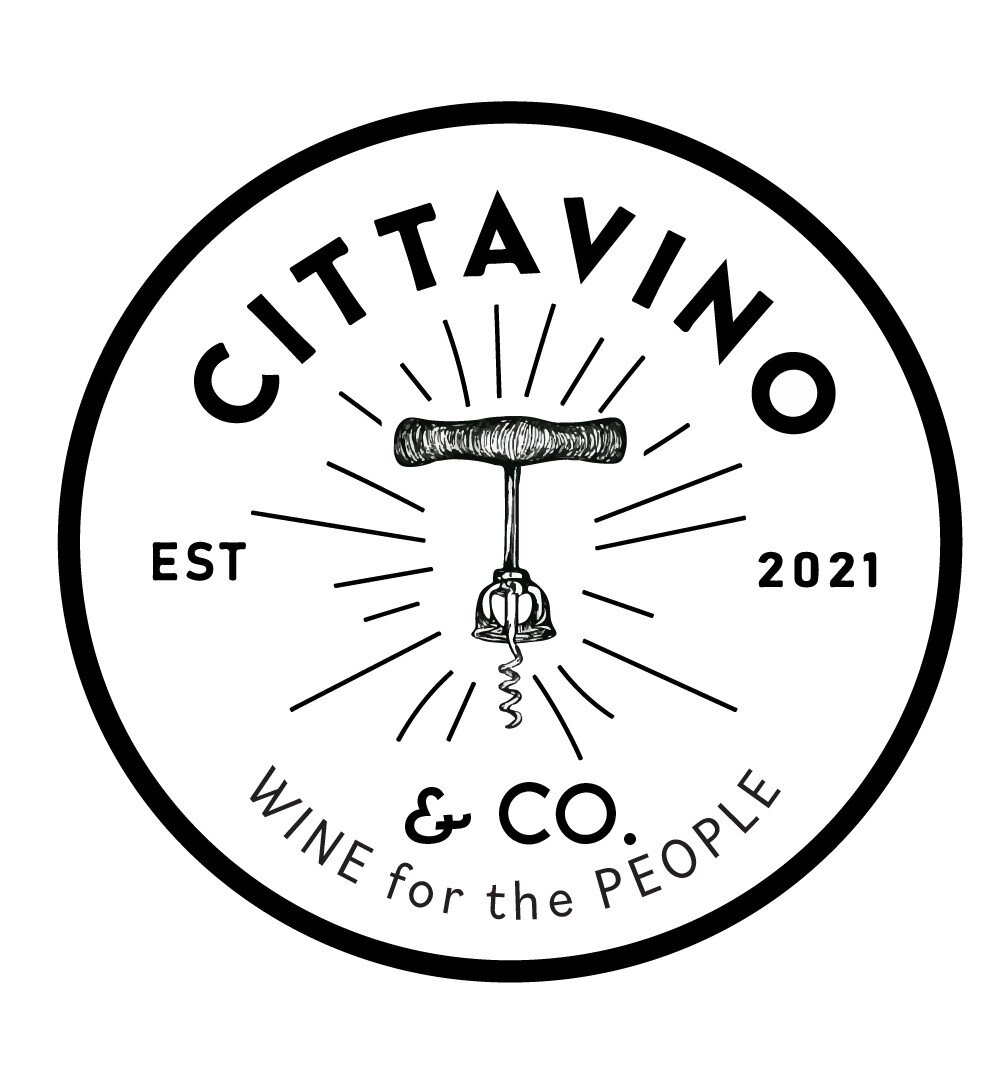Sardegna & its Provinces: an explanation
In doing a general search for a map of Sardegna, you might find some conflicting information out there in regards to its provinces. SURPRISE! Here’s yet another Italo-confusing moment. In 2001 the government actually redrew these provincial lines and gave Sardegna four new provinces: Olbia-Tempio, Oligastra, Medio Campidano, Carbonia-Iglesias. Then, in 2016,the italian government changed its mind and decided to reinstate the historical provinces. The 2016 reorganization left Sardegna with four provinces and one large metropolitan city: Sassari, Oristano, Nuoro, Sud Sardegna, and Citta’ Metropolitana di Cagliari. Many Italian websites, and Wikipedia, have not updated this information. If the map of Sardegna you’re looking at doesn’t resemble the Cittavino & Co. map, you’ve got the outdated, pre-2016 version.
History
An Island smack in the middle of the Tyrrhenian Sea, the region of Sardegna was once the Kingdom of Sardegna. Like Sicily and the rest of southern Italy, it was autonomous with many different ruling countries (first a province under the Roman Empire, then the Byzantines and the Arabs, Aragon, Spain, French Bourbons… Sardegna was tossed around, though its isolated and desirable location did provide it some level of autonomy and power) until it became part of the House of Savoy (Piedmont, northern Italy) in 1720. Sardegna played a major role in the eventual Unification of Italy. In 1860, the general Giuseppe Garibaldi conquered the two Kingdoms of Sicily (which at that time extended as far north as the Abruzzo) for the Kingdom of Sardegna. The Sardinian Parliament gave itself and its newly conquered territories over to the Kingdom of Italy in 1861.
With such a multi-cultural history, it should be no surprise then that Sardegna’s grape growing reflects these historical fluctuations. The main native grapes of Sardegna have origins in Spain and France: Carignano (Carignan in France, Manzuelo in Spain), Cannonau (Grenache in France, Garnacha in Spain), Vermentino (Rolle in France) share the island’s history. By now, these grapes are considered native to the area, but are they as indigenous as Frappatto or Nero d’Avola is to Sicily? The debate lives on. The esteemed Italian grape researcher and scientist, Ian d’Agata, coined the term “traditional” rather than “native” to describe varieties that clearly came from outside the region, but are rooted enough in time and tradition to be almost native. Grapes such as Nuragus, Semidano, Bovale-Sardo, Vernaccia di Oristano, are probably original to Sardegna.
Fun factoid (that Sardinans are probably tired of hearing)— sheep : human ratio is 2.5 : 1.



